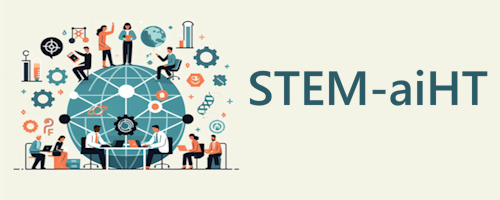STEM is an acronym that stands for Science, Technology, Engineering, and Mathematics. It refers to an interdisciplinary approach to education and learning that integrates these four subjects. Here’s a brief overview of each component:
- Science: This involves the systematic study of the natural world through observation and experimentation. It encompasses fields like biology, chemistry, physics, and earth sciences.
- Technology: This includes the application of scientific knowledge for practical purposes, especially in industry. It covers areas such as information technology, computer science, and various forms of digital and physical technologies.
- Engineering: This focuses on the design, building, and use of engines, machines, and structures. It integrates principles from physics and mathematics to create solutions for real-world problems.
- Mathematics: This is the study of numbers, quantities, shapes, and patterns. It provides the foundational language and tools needed for analyzing and solving problems in science, technology, and engineering.
STEM education aims to equip students with critical thinking, problem-solving, and collaborative skills. It encourages hands-on learning and real-world applications, preparing individuals for careers in these high-demand fields and fostering innovation and competitiveness in the global economy.
